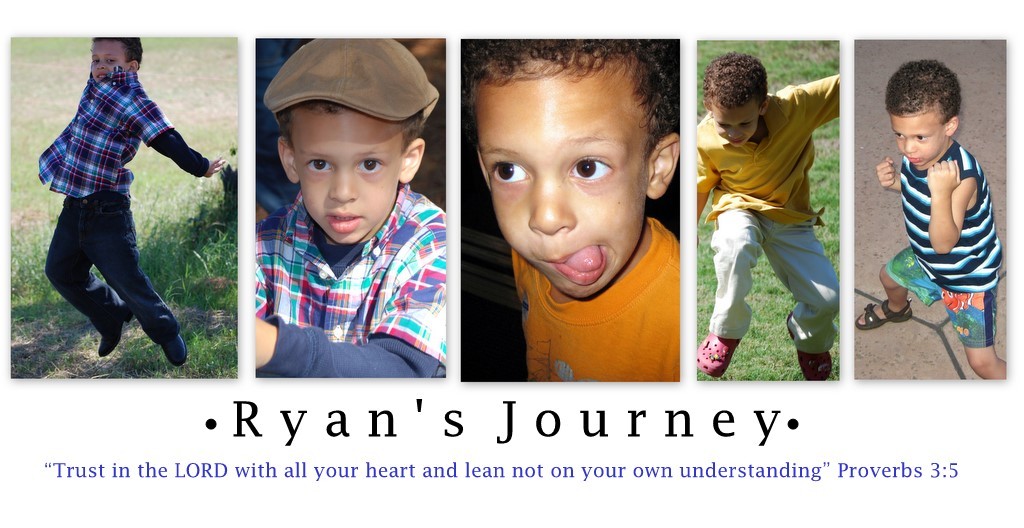What Are The Key Statistics For Rhabdomyosarcoma?
About 3% of childhood cancers are rhabdomyosarcomas. About 350 new cases of rhabdomyosarcoma occur each year in the United States.
More than 9 out of 10 rhabdomyosarcomas are diagnosed in people younger than 25 years old. About 6 out of 10 of these cases are diagnosed in children under the age of 10. These tumors are usually embryonal rhabdomyosarcomas and occur in the head, neck, and genital and urinary tracts. Adolescents are more likely than younger children to have alveolar rhabdomyosarcomas, which are found more often in the arms, legs, or trunk.
The incidence (how common a disease is) has not changed much over the past few decades. This disease is slightly more common in boys than in girls. There is no particular geographic location or ethnic group that has an unusually high rate of rhabdomyosarcoma.
The prognosis (outlook for chances of survival) for rhabdomyosarcoma depends on many factors, including the location, type, and size of the tumor, the results of surgery, and whether the cancer has metastasized (spread). Children aged 1 to 9 tend to have a better outlook than infants or older children.
